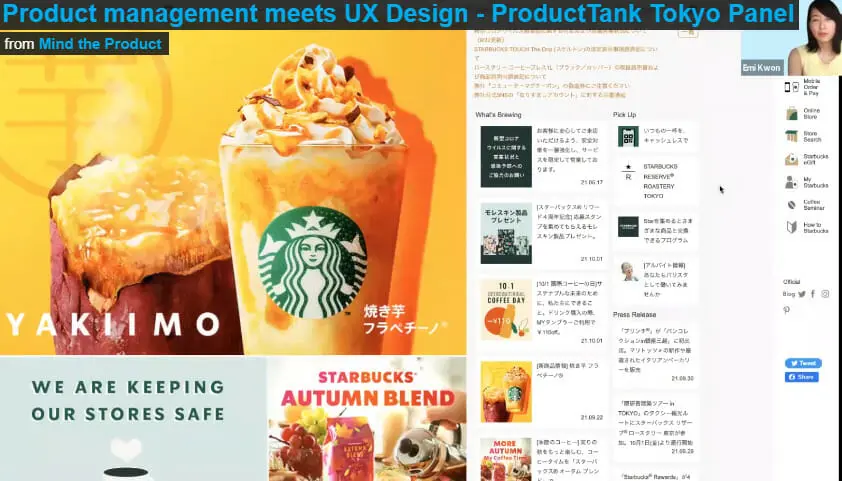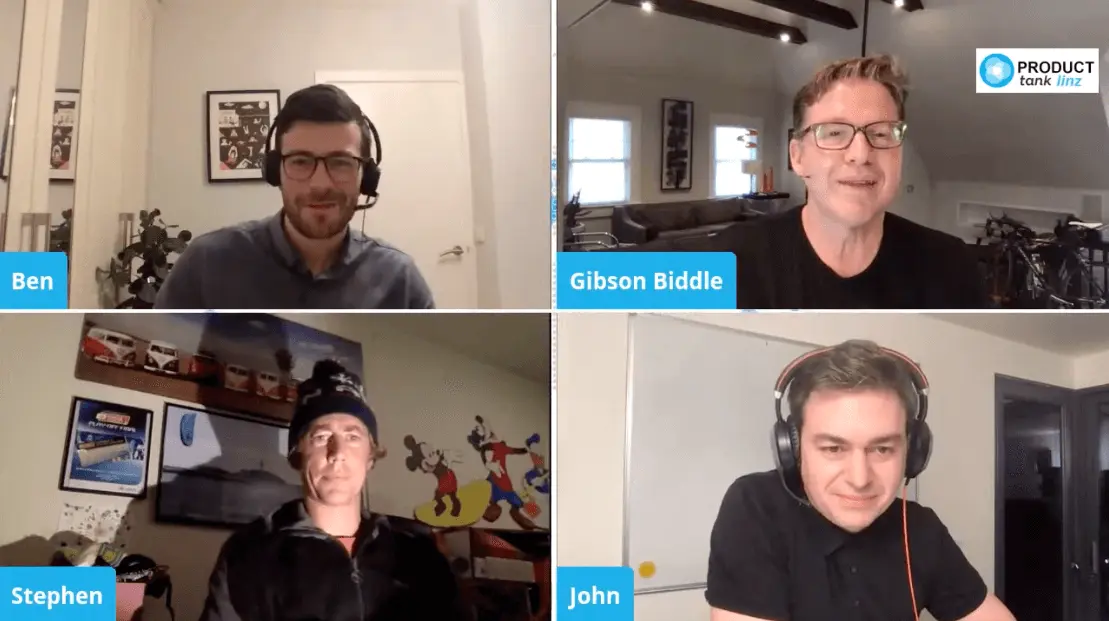I have been practicing jobs-to-be-done (aka jobs theory) for over a decade with the world’s leading companies, leading to me being the Founder & CEO of thrv.com. In this talk, I explain how product managers can use jobs theory to launch high-growth products.
Turn Theory into Practice
To start with, I demonstrate how product managers can transform the powerful jobs theory in Clay Christensen’s new book (Competing Against Luck) into a rigorous, metric-driven practice that can help product teams identify what causes customers to purchase a new product.
The basic idea behind jobs-to-be-done is that your customers are not “buying” your product, they are “hiring” it to get a job done. There are three practical steps you can use to take this theory and make it actionable at your company:
Step 1: Identify Unmet Customer Needs in the JTBD
The key to launching high-growth products is satisfying unmet customer needs better than your competitors. But what is a customer need? And how do you know if it is unmet? Using jobs theory, any job-to-be-done can be broken down into about 100 metrics that customers use to judge how quickly and accurately they can execute the job. These metrics are the customer needs. If these metrics are important to customer, but not satisfied by current solutions in the market, they are unmet customer needs.
Step 2: Identify Competitor Weaknesses
In order to win in your market, you need to understand how you can use unmet customer needs in the job-to-be-done to identify and exploit your competitor’s weaknesses. Unlike traditional feature-to-feature competitive analysis, in this talk I demonstrate how to analyze your competitor from the point-of-view of your customers, and how to identify your real competition, which may not be who you think it is.
Step 3: Identify High-Growth Product Ideas
Once you have identified your customer’s unmet needs and your competitor’s weaknesses, generating high-growth product ideas is faster and more efficient. Unlike traditional brainstorming, in which there are “no bad ideas,” using jobs theory, your product team can generate product ideas that will be valuable to your customers because they help get the job done faster and more accurately than your competition.














